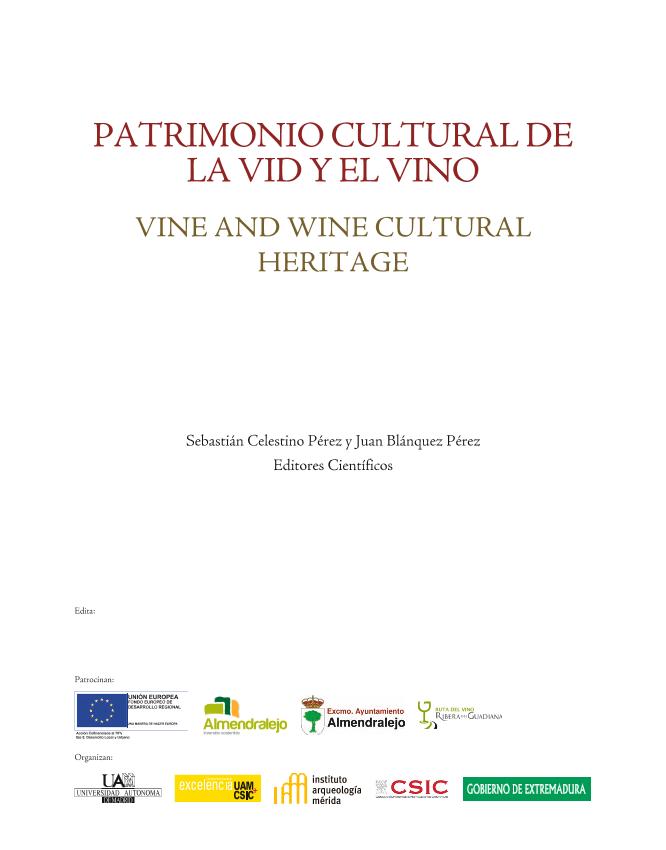Capítulo de Libro
The history written in the grapevine genome
Título del libro: Patrimonio cultural de la vid y el vino
Martínez Zapater, José M.; Lijavetzky, Diego Claudio ; Fernández, Lucie; Santana, José Carlos; Ibañez, Javier
; Fernández, Lucie; Santana, José Carlos; Ibañez, Javier
 ; Fernández, Lucie; Santana, José Carlos; Ibañez, Javier
; Fernández, Lucie; Santana, José Carlos; Ibañez, Javier
Fecha de publicación:
2013
Editorial:
Universidad Autónoma de Madrid
ISBN:
978-84-8344-352-1
Idioma:
Inglés
Clasificación temática:
Resumen
Genetic and genomic information available in grapevine in combination with the analyses of archaeological remains can help to shed light on questions regarding its domestication process, such as the number and location of domestication events, the temporal sequence of the domestication process or the identification of some of the genes that drove their cultivar diversification. the available genetic evidence suggests the existence of limited grapevine domestication from its wild ancestor Vitis vinifera ssp. sylvestris, with almost no reduction in genetic variation due to the extensive use of vegetative multiplication. genetic evidence also suggests that domestication would have taken place in the eastern end of the distribution of the wild ancestor, although both nuclear and chloroplast markers point out the existence of introgression or secondary domestication events from western wild populations into western cultivars. the relevance of vegetative multiplication is also pointed out by the large accumulation of somatic mutations selected as drivers of phenotypic diversification. However, spontaneous hybridizations among cultivars are in the basis of the origin of current cultivars and cultivar families associated to different geographic regions.
Palabras clave:
MOLECULAR EVOLUTION
,
DOMESTICATION
,
GRAPEVINE
,
GENOME
Archivos asociados
Licencia
Identificadores
Colecciones
Capítulos de libros(IBAM)
Capítulos de libros de INST.DE BIOLOGIA AGRICOLA DE MENDOZA
Capítulos de libros de INST.DE BIOLOGIA AGRICOLA DE MENDOZA
Citación
Martínez Zapater, José M.; Lijavetzky, Diego Claudio; Fernández, Lucie; Santana, José Carlos; Ibañez, Javier; The history written in the grapevine genome; Universidad Autónoma de Madrid; 2013; 213-231
Compartir



